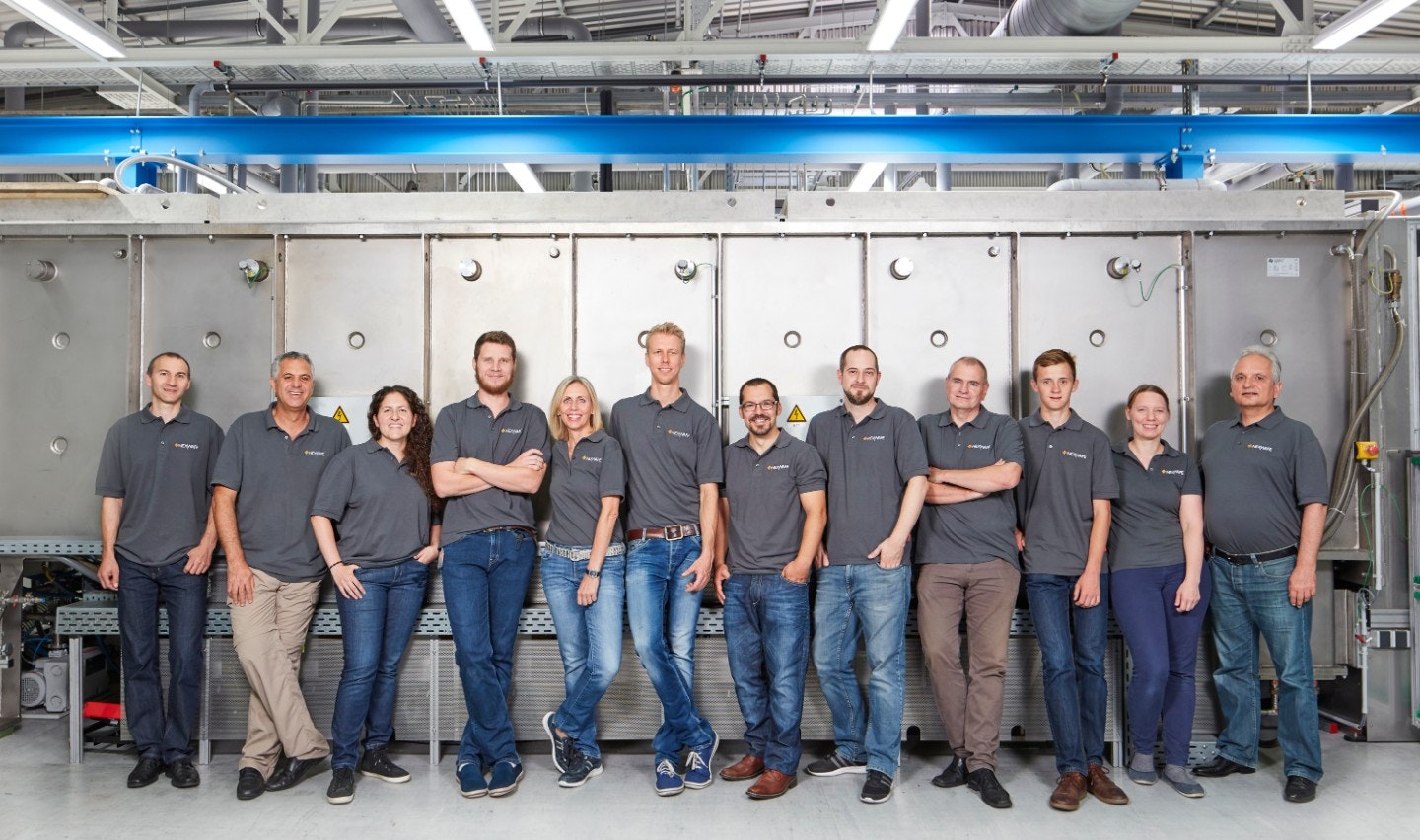In the tumultuous tech funding landscape of recent years, companies have increasingly started looking to other sources of capital to fund their research, innovation and growth.
Enter grant funding — a non-dilutive form of financing awarded to support R&D and business projects, largely across the energy, science and tech sectors. Non-profits or government agencies are typical awarding organisations, looking to fund new technological advancements that can make a tangible impact.
Particularly for businesses performing extensive research or building hardware products, getting off the ground with developments can be a steep financial lift, and grants offer an opportunity to forge ahead with innovations without sacrificing an unsustainable portion of a company’s equity.
Unsurprisingly, competition is high as a result. Grant writing has become an essential skill to master if you want to secure this kind of financing.
If you’re considering making grants a core part of your funding strategy, there are a few things worth bearing in mind.
Write it yourself
The leaders of a company know their business better than anyone, yet far too often relinquish control of grant writing to consultants.
External assistance can be important to a successful grant proposal, but it makes little sense to give the reins completely to someone less familiar with your company and the unique problems it solves.
That doesn’t mean you shouldn’t use the input of experienced grant writers or coaches, but internal stakeholders should be leading the charge.
Use your expertise to build a project plan that is right for your technology and your business, and you’ll thank yourself later during the final interviews of the grant evaluation, as well as while you’re implementing the project itself.
Time your grant with equity fundraising
Grants often have a very specific scope, limited to a single discovery or development, and typically do not cover the full cost of the grant-eligible project.
Most of the time, a grant project will only cover a portion of your next phase of growth. If grant money only accounts for 40% of your project, that must factor into your wider financing strategy.
Additional business expenses, such as marketing or general operating costs, will also generally not be included in a grant’s budget. Most businesses need supplementary fundraising, such as angel investment or venture capital, to scale effectively.
Grant applications can take months to complete, and it can take just as long to hear back on a submission. Timing your grant with equity fundraising will give your company a clearer roadmap, and prevent your leadership team from being stuck in an endless grant-writing and fundraising loop.
Don’t change your company for a grant
Grant funding is largely sought by earlier-stage businesses that do not yet have the required revenue to support R&D projects. Since grants allow company stakeholders to retain equity, it can be tempting for founding teams to adapt their roadmap to meet narrow granting criteria.
The short advice here is don’t. Your commercialisation strategy should never be changed unless market conditions demand it. Grant projects are too significant a timeframe (generally between one and three years) to be worth committing to if they don’t align with your wider business objectives.
Once you are awarded a grant, if the individual or panel responsible for monitoring your project feels it is not being carried out in line with the granting conditions, then they are well within their rights to stop financing it, hurting your chances of future grants.
Moulding your wider business plans to grant criteria could in fact send your business in the wrong direction.
Apply to the right grants
Understanding the ecosystem of grants that are available to you is the first step in finding the grants that best fit your business and roadmap. Looking into previous recipients of grants you’re applying for and the ones other companies in your industry are receiving will give you a preliminary overview and will also assist with your application, from proposal structure to budgeting.
Each grant has specific objectives outlined in its rubric, and if you’re applying for the right grants they should be easily met. However, do not assume that it will be obvious to evaluators that your business aligns with these objectives just from a general company description. A researcher shouldn’t present data without offering a conclusion. Similarly, companies should not be afraid to explicitly say that their approach achieves a goal in the evaluation criteria.
Move the needle
Grant projects should always look to move the needle. If it’s not seeking to find out an unknown or eliminate a barrier that exists in a sector, then it’s likely a project not worth its salt.
With traditional funding methods like VC, you must prove there is sufficient demand for your company and that your business is superior to competitors. With grants, it’s one step further. Your project needs to uncover, pilot, or demonstrate something new, that has yet to be achieved by others and will make a material difference.
For example, for our latest project with the Swedish Energy Agency, my company Enerpoly aims to demonstrate the viability of manufacturing sustainable, safe zinc-ion batteries at scale. The product’s sustainability, safety benefits and prototype manufacturing methods have been proven, and so we’re moving the needle by proving the production’s scalability. What unknown will your grant project uncover, and what are its benefits?
Know your market
A grant proposal for an R&D project requires that your proposal demonstrates scientific merit. One that supports a business’s growth must evidence both scientific merit and commercial viability.
Doing your homework on your potential customer base and competition supports the commercial merit evaluation of your grant. For example, for a recent grant application, my company presented a thorough competitor analysis of over 15 companies, their capabilities and their offerings in the relevant market. A comprehensive understanding of the product-market fit of your project, in comparison to the existing solutions offered by competitors, underscores that your advancements will make a material impact.
Showcase team expertise
I like to call this the ‘Why you?’ part of the proposal.
Grant proposals are similar to any funding pitch, in that you’ll only be awarded financing if your company is best placed to solve the issues you’ve set out. Once you’ve outlined the market need for your innovation, highlight the qualifications and experience of your team, be that relevant academic research or a successful entrepreneurial history.
Emphasising your company’s success to date legitimises your application, so evaluators can trust that you’re the best business for the job. Similarly, if you are applying for a grant with a partner, it’s important to only select partnerships that strengthen both your project and your proposal.
Have a solid risk mitigation strategy
A grant submission largely focuses on what the grant will be used to finance, but it’s important to justify the specific approach you’ll take with your research. Explaining the risks of your project and how you’ll mitigate them demonstrates that you’ve fully thought through the practicalities of your business.
Any grant involving raw materials, for example in the energy industry, will also be evaluated on the scalability of the technology, including risks posed by supply chain disruption. Addressing the obstacles to this, in this case explicitly highlighting a well-planned and flexible supply chain strategy, is a big plus.
Find experts to back up your story
Getting stakeholders from your industry to engage with your grant request signals an ecosystem that agrees with your outlook. Often applicants think that having letters of intent from their customers is enough. It’s not. Grant evaluators do thorough due diligence, from the significance of the research to industrial implementation. When experts, including investors, partners, market participants or academics, agree with your execution plan, it validates your application.
It always takes longer than you expect
This suggestion probably seems the most obvious of the bunch, and is one I like to apply to all my work tasks. The developers reading this might be familiar with the old adage that comes from Hofstadter’s Law. But when it comes to grants, something that can help take your company to another level, finalising your proposal last minute simply won’t cut it. Dedicate time each week to work on your grant application and, more importantly, give yourself a long runway before your submission deadline: it will need more time than you think.



